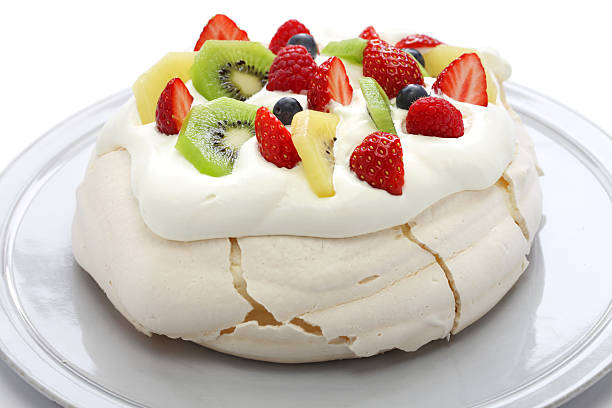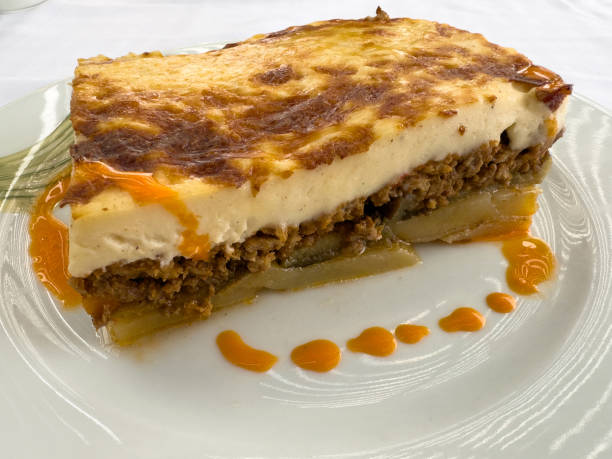Pavlova, a meringue-based dessert named after the Russian ballerina Anna Pavlova, is celebrated for its delicate texture, crisp exterior, and soft, marshmallow-like interior. This iconic dessert is typically adorned with whipped cream and an assortment of fresh fruits, creating a visually stunning and irresistibly sweet indulgence. While pavlova is often enjoyed for its exquisite taste and elegant presentation, it also offers a surprising array of nutritional benefits derived from its simple yet wholesome ingredients.

While pavlova is undeniably a dessert with higher sugar content, it still offers some nutritional value, particularly from its main components: meringue, whipped cream, and fresh fruit.
Firstly, the meringue base of pavlova is made primarily from egg whites and sugar. Egg whites are low in calories and fat but rich in protein, making them a relatively healthy ingredient. Protein is essential for muscle repair and growth, immune function, and hormone production. While the sugar content in meringue contributes to its sweetness, the overall calorie content of pavlova can still be moderate, especially when portion sizes are controlled.

Secondly, whipped cream is often used to top pavlova, adding richness and creaminess to the dessert. While whipped cream is high in calories and saturated fat, it also provides small amounts of calcium and vitamin A. However, it’s essential to consume whipped cream in moderation due to its calorie and fat content.

Finally, pavlova is typically adorned with fresh fruit, such as strawberries, kiwi, passion fruit, or berries, which add both visual appeal and nutritional value to the dessert. Fresh fruit is naturally sweet and provides essential vitamins, minerals, and dietary fiber. Vitamins such as vitamin C and vitamin A support immune function, skin health, and vision, while dietary fiber aids in digestion and helps regulate blood sugar levels. Including fresh fruit in pavlova adds a burst of flavor and freshness while providing additional nutrients.

While pavlova may not be considered a health food due to its higher sugar and calorie content, it can still be enjoyed as part of a balanced diet when consumed in moderation. Opting for smaller portion sizes, using reduced-fat whipped cream or yogurt as a topping, and loading up on fresh fruit can help make pavlova a lighter and more nutritious dessert option.

In conclusion, pavlova offers a sweet and indulgent dessert experience that can be enjoyed on special occasions or as a refreshing treat. While it may not be the most nutrient-dense option, pavlova still provides some nutritional value from its main components, including protein from egg whites and essential vitamins and minerals from fresh fruit. By practicing moderation and choosing lighter toppings, pavlova can be incorporated into a balanced diet, providing both sweetness and a touch of nutritional goodness.




